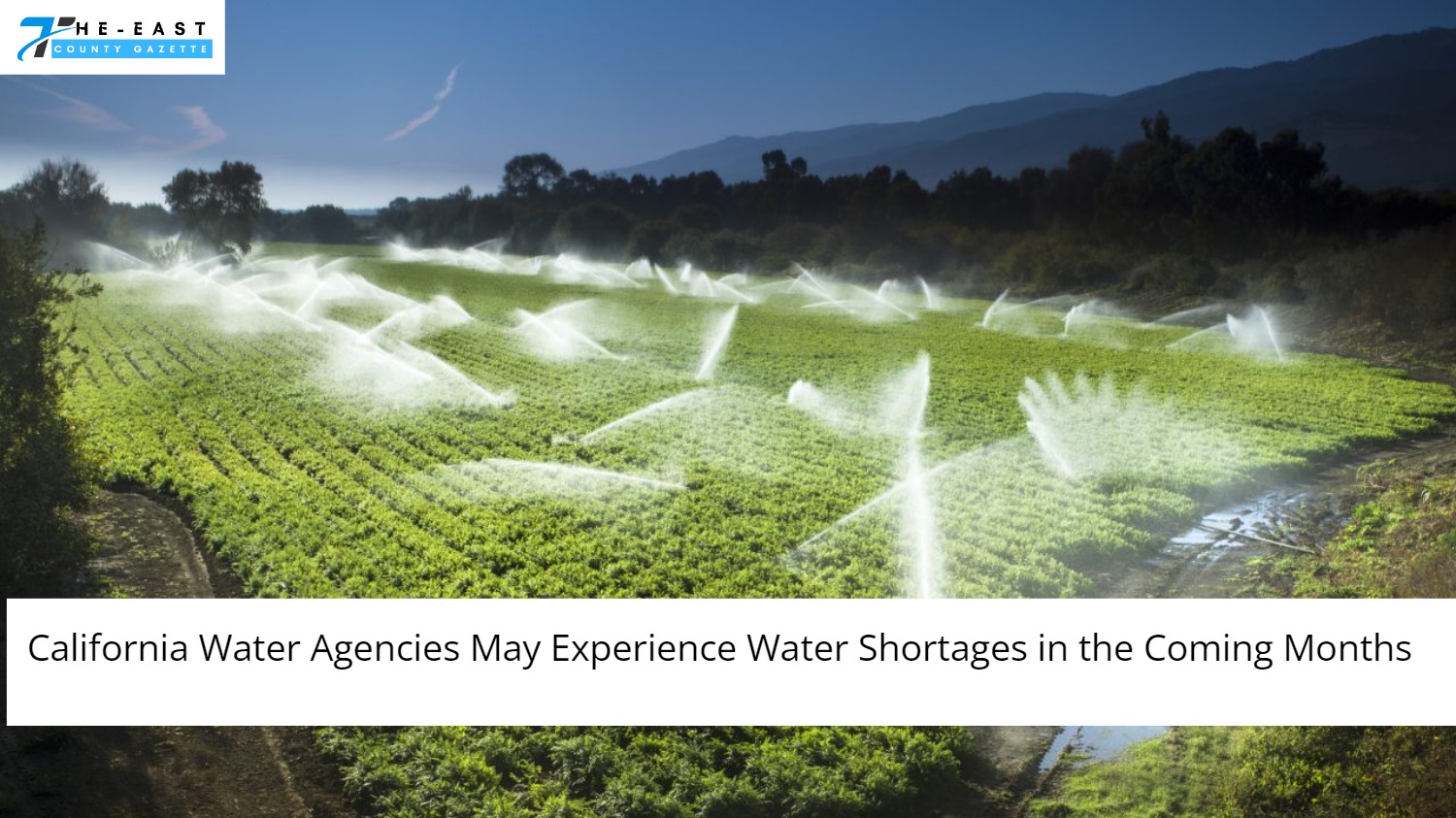As California prepares for a fourth year of drought, over 20% of urban water agencies expect major water shortages.
The California Department of Water Resources issued its first annual water supply and demand report this week after polling urban water agencies representing 90% of the state’s population.
The evaluation, which included yearly data through July 1, revealed that 82% of urban water providers who filed reports indicate they have adequate water to fulfil predicted demand in the future year, while 18%—73 out of 414—reported they may soon face shortages.
California Drought has New Weapon: Limiter
Climate warming has forced California water companies to announce water shortages for the first time. Water resources experts said this first evaluation would “serve as a benchmark to determine whether urban water providers are appropriately calculating their yearly water supply and demand.”

Also read: Ohio Household Water Assistance Program Coming
The US Drought Monitor reports that over 99% of California is under drought as winter approaches. The previous three years have been California’s driest on record due to warmer temperatures, fewer storms, and minimal snowpack.
These agency-reported water shortages may grow in the coming months if drought conditions persist. Experts say the state needs a rainy year or many to end the drought and refill reservoirs.
The water resources department said that local agencies’ yearly drought evaluations assist state and local water providers prepare for droughts.
The most populous hydrologic regions in California—Los Angeles, Orange County, San Diego, and the San Francisco Bay Area—have the most agencies reporting probable water shortages.
Emergency Conservation Restrictions
The Metropolitan Water District of Southern California claimed a 43% shortfall, although this does not account for emergency conservation restrictions such limiting outdoor watering and stored water.
The Metropolitan Water District of Southern California’s spokeswoman, Rebecca Kimitch, told CNN that water restrictions would likely remain in place until California gets much-needed precipitation and increased state water project allocations.
In Calabasas, home to celebrities like Kevin Hart and Kim and Kourtney Kardashian, the Las Virgenes Municipal Water District reported a 63% water deficit. Repeat offenders now have water restrictors on their pipes, drastically reducing their water supply.

Also read: Clean Water Crisis : Americans Lack Drinkable Water. Can the Infrastructure Bill Help?
Even if Ventura County Waterworks in the Simi Valley and Moorpark Districts and the City of Menlo Park do everything they can to save water and bring in more, they still expect shortages in the new year.
Serve More Than 3,000 Connections
The Modesto Irrigation District and the City of Compton Water Department were among 21 urban water providers that did not submit evaluation reports. The Department of Water Resources termed the agencies “delinquent providers” and reminded them to “proactively analyse supply and needs in order to be prepared in case of future scarcity crises.”
Water agencies must submit assessments if they serve more than 3,000 connections or deliver more than 3,000 acre-feet of municipal drinking water annually.
414 of the 435 local urban water providers who needed to submit evaluations were included in the water resources department’s final report, which was presented to the State Water Resources Control Board on Monday. Small water sources that are prone to drought are excluded.
The department’s study comes three months after the federal government stated that the shrinking Colorado River, a crucial water supply for several Western states, including California, would run in a Tier 2 shortage situation for the first time in January 2023.
California will not have its water from the Colorado River cut off, but Kimitch said that the river basin’s difficult location may make it even more important to save water.
Save More Water
“As the region’s second source of imported water, the Colorado River, faces more and more limits, the rest of Southern California will probably also be asked to save more water in the coming months,” she said.
Kimitch said that the first call to save water would probably be voluntary, but if the supply situation doesn’t get better, the Metropolitan Water District of Southern California may have to make everyone in its service area cut back on water use.
Kimitch stated, “Given the increasing river conditions, [the district] does not anticipate having a complete Colorado River aqueduct in 2023 or beyond.”
So, everyone in our service area needs to do something to protect our limited Colorado River supplies.
The research estimates water availability through June 30, 2023, using yearly data through July 1. In April, the Department of Water Resources advised agencies to base their drought evaluations on the current year’s drought conditions and the best available drought prediction for the next year.

